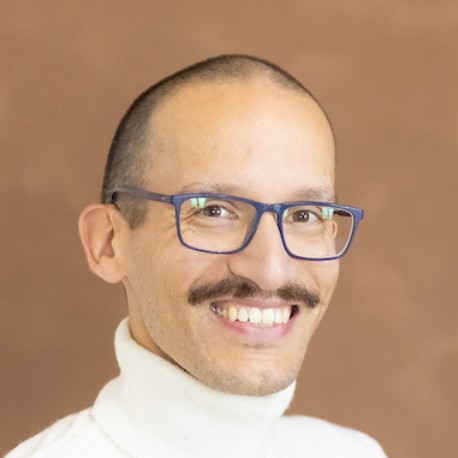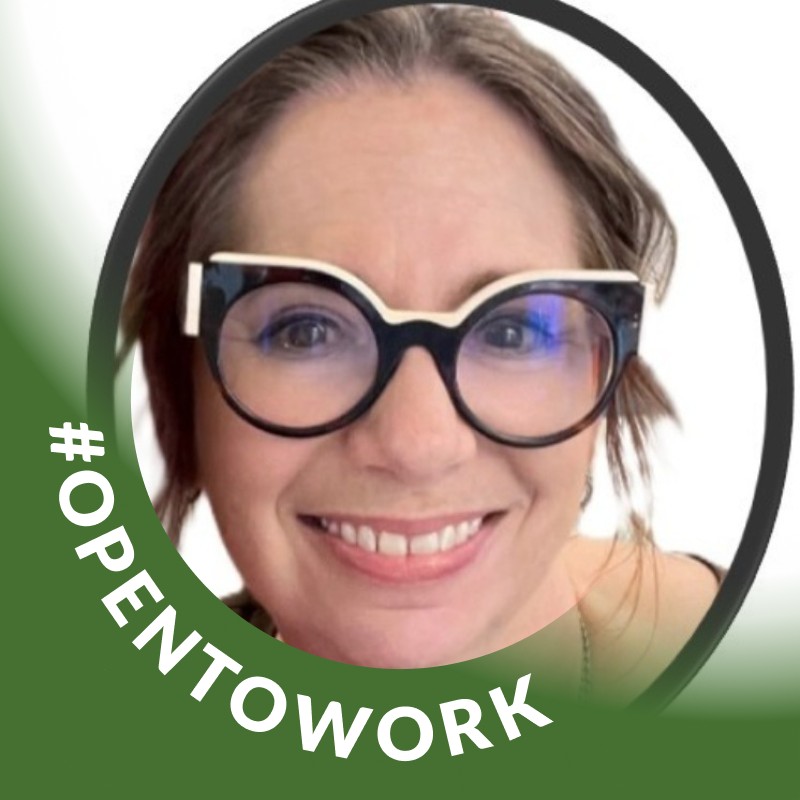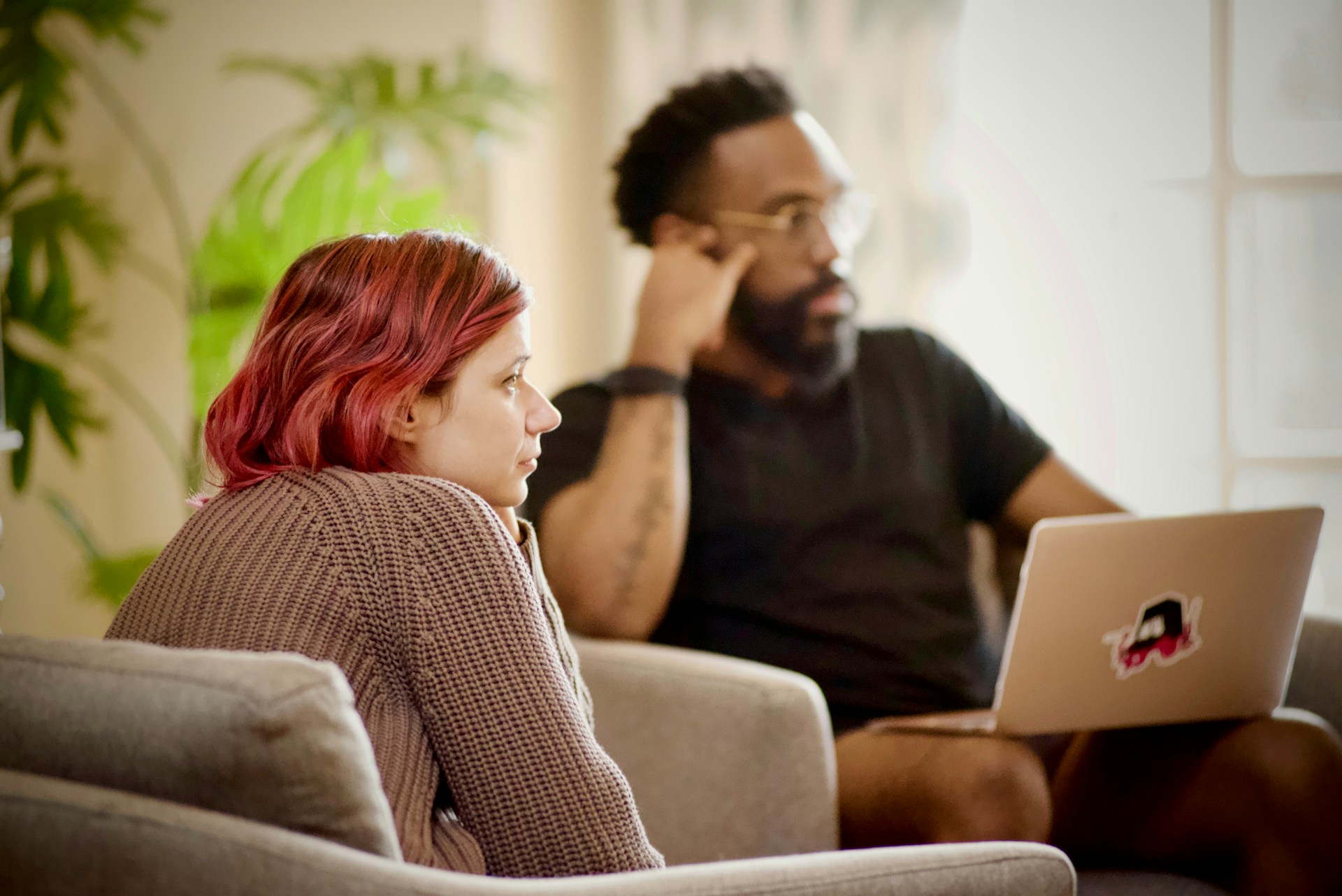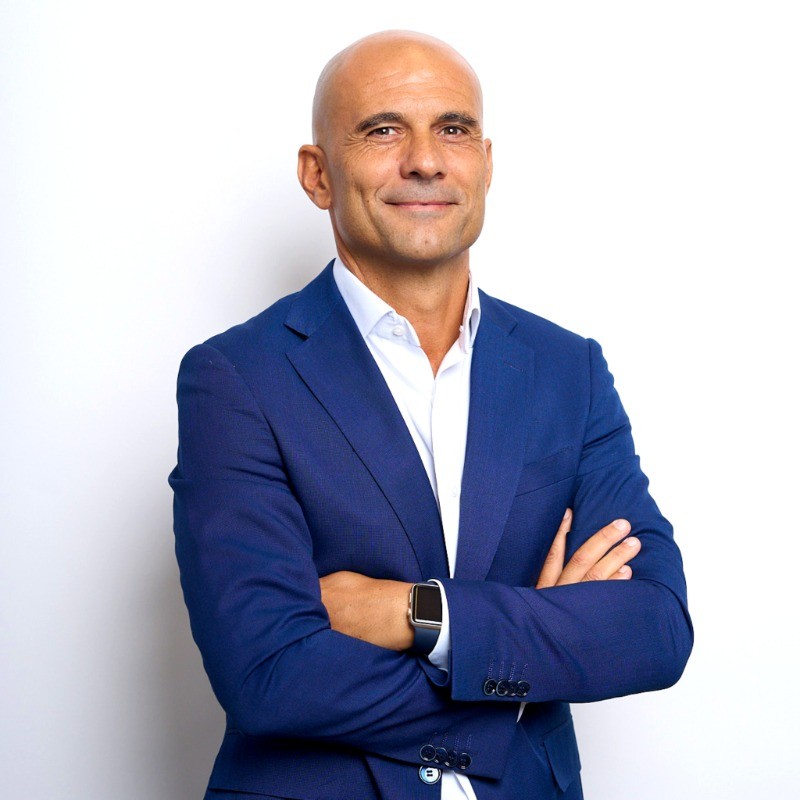Interview with
The quality of relationships as a central lever for growth and transformation

The quality of relationships as a central lever for growth and transformation
This interview explores the philosophy and practice of professional coaching through the lens of systemic and evidence-based approaches. Matteo Martinuzzi, certified coach at Pack, shares his core values, the structure of a typical session, and how goals are set dynamically rather than in static terms. Key themes include overcoming resistance by fostering psychological safety, unlocking insights through powerful relational questions, and understanding the true impact of coaching beyond motivation. Through concrete stories and metaphors, the interview highlights how coaching can create breakthroughs for individuals and teams, strengthen relationships, and generate lasting organisational change.
Contents
- What are your core values as a coach?
- Can you walk us through a typical coaching session structure?
- How do you set and track goals with your clients?
- What’s your approach when a client is resistant or stuck?
- Can you share a story of a breakthrough moment you helped a client achieve?
- What do you wish more people knew about coaching?
- What powerful question do you often ask clients to unlock insights?
- What is the power of questions?
- What’s the biggest common challenge your clients face, and how do you help them overcome it?
1. What are your core values as a coach?
Care for the other person and the relationship, transparency, continuous evolution, evidence based practice and ethical approach.
2. Can you walk us through a typical coaching session structure?
A first moment to say hello and catch up (also on a personal level), focus on any updates or progress since last time, set priorities for today’s session, work on the main goal, review and create an action plan, share feedback, agree on the date for the next session, and say goodbye.
3. How do you set and track goals with your clients?
The answer is always: it depends. It depends on the person and the type of work that needs to be done. In general, rather than talking about goals, I prefer to talk about direction — a kind of guiding star that helps us stay oriented and recalibrate along the way, especially because today we work in volatile, uncertain, and complex contexts.
I like to use the metaphor of a fresco: at first you only sketch the outlines, and step by step you add colors and details. Some parts are clear from the beginning, others emerge over time. This approach is consistent with what research calls dynamic goal setting: goals are not static, but adapt to new information and to the phase we are in.
When tracking progress, I look both at how far we’ve moved toward the chosen direction and at the alignment between the client’s initial request and their real needs, while keeping a systemic perspective: not only on the individual, but also on the systems they are part of.
4. What’s your approach when a client is resistant or stuck?
Resistance is often not true resistance. It’s usually a sign that the right level of psychological safety is missing, or that the relationship is not yet mature enough to work on certain topics. It’s like trying to paint a fresco on an unprepared wall: you need to create the right conditions first.
My approach is to meet the client where they are, building a container that allows them to feel safe and ready. Sometimes this requires preparatory work; other times it means acknowledging with humility that I may not be the right coach for that person, in that moment, on that issue. In such cases, supervision is an invaluable tool: it allows me to review the situation from another perspective and unlock new possibilities.
5. Can you share a story of a breakthrough moment you helped a client achieve?
I worked with a team that was struggling with a key stakeholder. In one online team coaching session, we recreated their relationship with that person and explored it from his perspective as well.
The team realized how they were being perceived and began to adjust their attitudes and behaviors. This triggered a chain reaction with other stakeholders, leading within weeks to a much more positive and effective environment.
The most powerful moment was the “click”: the awareness that they had been unintentionally reinforcing a negative cycle, and the choice to build a positive one instead. Research on the transfer of learning shows that coaching has real impact when what happens in the session carries over into daily life. In this case, the change didn’t stay in the room — it transformed the team’s entire relational system.
6. What do you wish more people knew about coaching?
I wish there was greater clarity about what it really means to work with a professional coach. Coaching is not about quick motivation, but a process grounded in ethics, rigorous training, supervision, and an evidence-based approach.
In Italy the term is still often confused with “motivation.” In reality, coaching can generate real, measurable impact not only for individuals, but also for teams and entire organizations.
I’d love to see a broader culture that recognizes coaching — alongside other professional practices — as an essential lever for creating better workplaces.
7. What powerful question do you often ask clients to unlock insights?
Two questions I often use are:
“How does this relationship need to evolve in order to make your work together effective?”
“What change can you start making to create that kind of relationship?”
These questions come from a systemic lens. They shift the focus away from seeing the other person as “the problem” and toward the relationship itself, which is the real space where transformation can happen.
Research in systemic coaching and relational leadership shows that when clients stop asking “who’s right or wrong” and start asking “what needs to change in the way we relate,” new possibilities open up. These questions create awareness and agency: they help clients see that they are not powerless, but can actively influence the quality of the relationship and, through it, the results.
The power lies in their simplicity. They don’t aim for the “perfect” relationship, but for the relationship that is good enough to make collaboration effective. And that small reframing is often what unlocks the most meaningful and lasting insights.
8. What is the power of questions?
Questions are at the heart of coaching. They are not just curiosities — they are transformational interventions. A well-placed question can shift perspective, broaden or sharpen focus, challenge assumptions, and open up new possibilities. Sometimes it creates a deliberate moment of disruption — a pause that shakes things up — which allows the client to restart from a different point of view.
At the same time, questions shouldn’t be idealized or used mechanically. Research in coaching shows that the real value doesn’t lie in a single question, but in the quality of the whole conversation. That’s why I often combine questions with other tools: leaving sentences open for the client to complete, using metaphors, or reframing perspectives. These approaches can spark insights that are just as powerful, while keeping the conversation dynamic and alive.
In my systemic approach, questions are not only about the individual. They are designed to bring attention to relationships and the wider systems in which the client operates. The goal is not to find the “right answer,” but to create awareness and choice — helping the client see themselves and their context differently. In this sense, questions are not simply tools, they are gateways into new possibilities, both personal and organizational.
9. What’s the biggest common challenge your clients face, and how do you help them overcome it?
The recurring challenge is relationships: leaders who want to improve the climate in their team, individuals who need to handle conflicts or tough conversations, teams who want to strengthen their connections with key stakeholders.
Another big challenge is delivering greater results with fewer resources. Here again, everything comes back to the quality of relationships: without trust and collaboration, pressure grows and performance drops.
My role is to create spaces where people can look at complexity from new angles, experiment, and build workable alternatives. There’s no single recipe — it always depends on the person, the context, and the stage they are in.
Similar posts
Raison sociale : Pack Srl
Siège légal et domicile fiscal : Via Marconi 45, Bologne (BO) 40122, Italie
Code postal et TVA : IT04040451207
Code destinataire SDI : USAL8PV
Numéro d'inscription Imprese Registration : 04040451207

.png)













